This Blu-ray from Arrow Video is currently available from retailers.
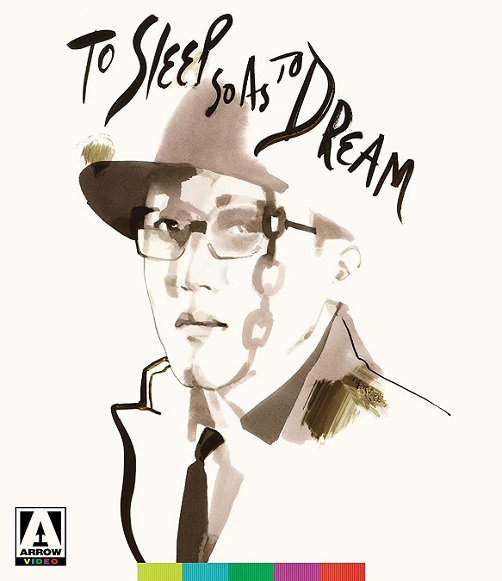
As many readers will already know, motion picture cameras were first introduced in the 1890s and quickly became a phenomenon. By the turn of the century, moviemakers from around the world were producing elaborate silent narrative films – these productions would surge in popularity over the following decade. Japan produced plenty of movies during this era. Enough, in fact, to inspire writer/director Kaizô Hayashi to create To Sleep So as to Dream, a homage to early cinema from his home country.
This independent feature was a critical success, playing numerous film festivals around the globe and ultimately taking home numerous prizes during its year of release. Like many international arthouse features, as the decades passed it became harder and harder to track down. Arrow Video are now releasing a Blu-ray of the film for the first time in North America. As with other titles from this fine distributor, the image quality has been restored and the disc includes numerous extras that will enlighten and entertain anyone with a taste for world cinema.
Shot in black and white, the movie follows egg-obsessed detective Uotsuka (Shirô Sano) and his assistant, Kobayashi (Koji Otake). With no jobs on the horizon, they are approached by a mysterious old man. He hires the two quirky men to locate a kidnapped young woman named Bellflower (Moe Kamura), whom the elderly figure says is the daughter of an aging movie starlet Madame Cherryblossom (Fujiko Fukamizu). The two investigators quickly head out to determine who is responsible and why. To get to the bottom of things, they are forced to deal with the kidnapper and solve various riddles, meet some eccentric characters and also make their way to Pathe studios. As things progress, events get even more surreal and the pair unsuspecting find themselves stepping inside a celluloid swordfight feature and helping complete an unfinished silent movie.
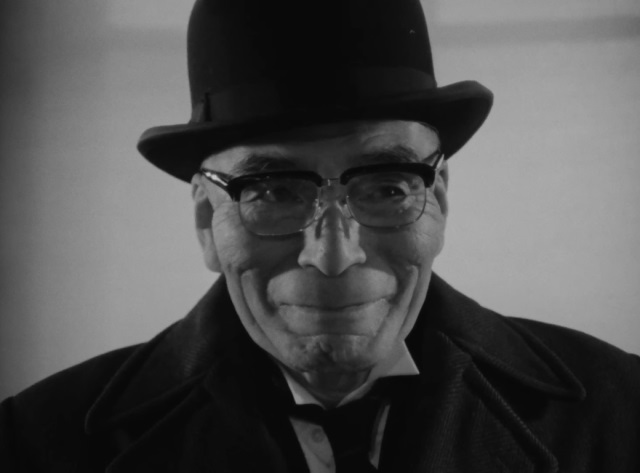
It’s all very unique material that is driven by the filmmaker’s love of early cinema. In fact, the entire movie is shot and edited just like a silent feature (with the occasional music or sound effect added to emphasize a specific moment). The story doesn’t exactly make a lot of clear sense from a narrative perspective and the clues given to the detectives are likely too cryptic for western audiences to decipher. Regardless, this film is fun, looks absolutely stunning and moves at a quick clip. A shot pointing upwards of the heroes racing up a set of tower stairs is beautiful to witness, as is a sequence set in a carnival among various amusement park rides. Even simple establishing shots of the protagonists driving up to a location chomping on eggs look stellar.
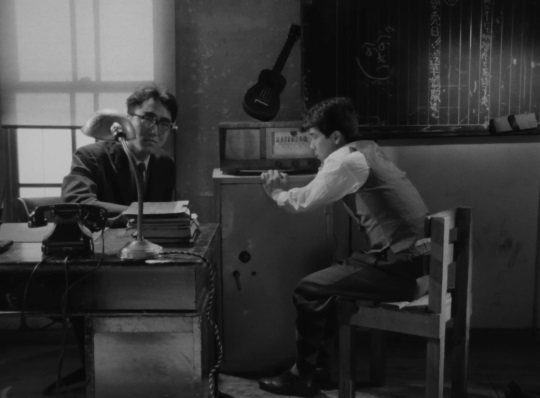
There are also plenty of fun sight gags throughout that pay homage to silent film. This includes several amusing shots of the two leads eating hard-boiled eggs (implying that they are trying to be hard-boiled themselves). Particularly entertaining are the cutaways inside Kobayashi’s head as he reacts to things like a big potential payday and other unexpected news. And, the movie also delivers a sweet and warm-hearted payoff as the case is solved and the client says goodbye to the detectives. The entire movie has a dreamy quality that is always engaging. It’s an effective exercise in nostalgia and recreating cinema from an earlier era.
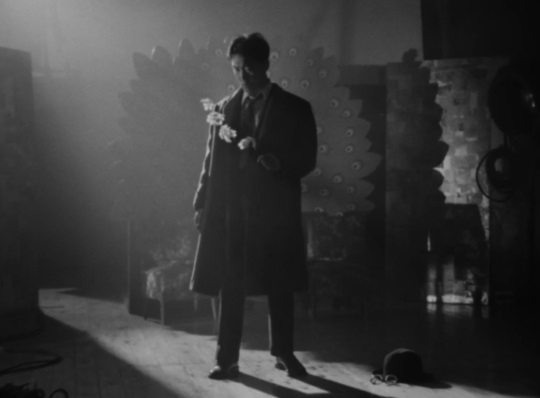
As mentioned, the picture quality on display is quite stunning. Despite being shot on 16mm film, the movie looks incredibly sharp and crisp on this Blu-ray. One of the extras follows Kaizô Hayashi on his visits to the Japanese lab to see his film properly restored by experts. It likely looks better here than when it played in cinemas. There’s also a great interview with lead actor Shiro Sano and his experience on set. He talks about his start in the industry (this was a very early role for the well-established performer who recently had a significant role in Shin Godzilla) and notes that he was intrigued and excited enough by the concept to team with Hayashi, who was an unknown first-time director.
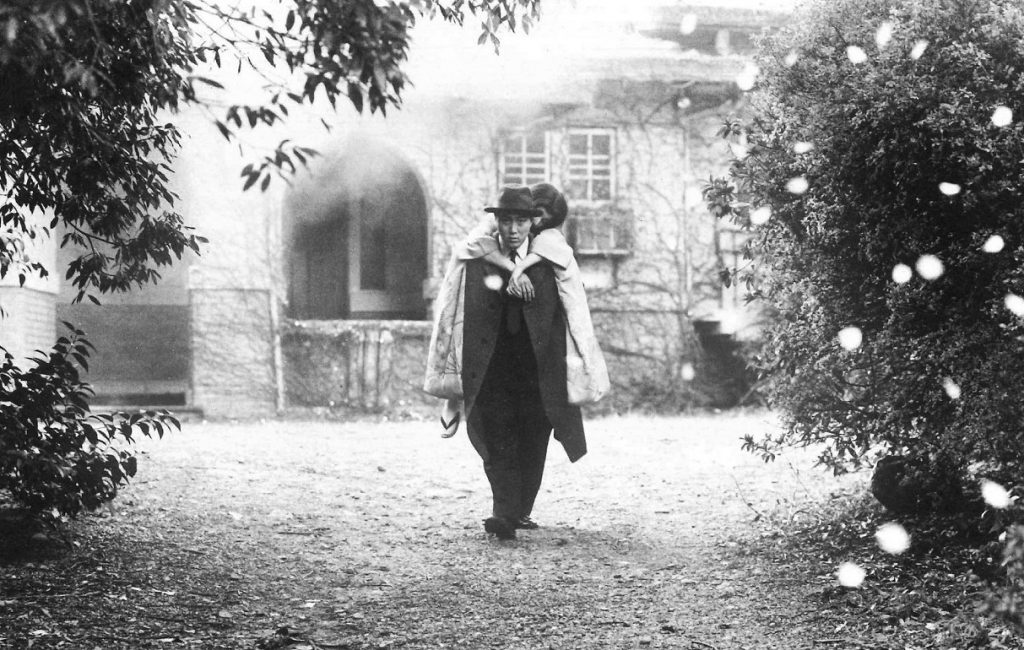
The commentary track (recorded back in 2000 for a Japanese release) with Hayashi and Sano is extremely entertaining. Hayashi helps fill in some of the gaps about his movie and details the references to early Japanese silent film. He and Sano also fill in some incredible details about the production. Apparently, the movie was made for very little money. No scenes were cut from the finished feature and the performers rarely had the opportunity to do more than one or two takes. The director mentions just how hard it was getting anyone interested in the picture and how the director of photography was really the only established crewperson. He openly admits that the lighting and camerawork was instrumental in making the movie a success. Sano also comments about all the eggs on set and how sick he was of eating them during the shoot. It is a great listen from beginning to end.
There is also a new second track from a pair of Japanese film experts. It is also informative, with the two going into detail on the careers of those involved both onscreen and behind-the-scenes. Additionally, they discuss others difficult in making the film. The 80s were a decade in which distributors simply didn’t want black and white pictures, feeling there was no market for them. A black and white silent movie was an almost impossible sell. They also make note of and lament the period as an interesting era in Japanese cinema, but one that seems to have fallen by the wayside by home video distributors. Many fascinating films from this decade are not easy to find and this title marks a welcome effort to remind people of many quality pictures that have yet to find a Blu-ray release.
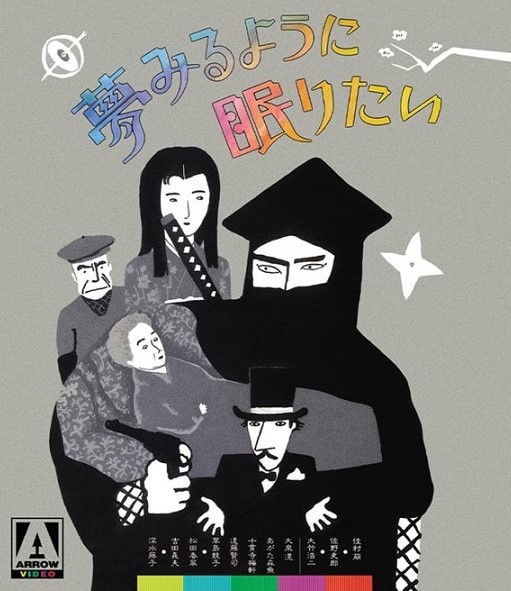
You’ll also get fragmented bits of footage from several Japanese silent pictures made around 1915. It’s also fascinating and remarkable to see how close the footage shot by Hayashi resembles those efforts. The disc includes an interesting interview with co-star Midori Sawato, who discusses early cinema from the country and her work as a “Benshi” or narrator for these pictures. There’s even an extra in which she narrates the climax of the movie. And if that wasn’t enough, there are trailers for the movie, an image gallery and a reversable sleeve that contains new artwork for the movie.
In all, this is another fantastic disc from Arrow Video. To Sleep So as to Dream is a wonderful and nostalgic homage to the early days of Japanese cinema. The discs bonuses are really exceptional in giving viewers more information on the production and details about the very special silent titles that inspired the movie. For arthouse and Japanese cinema enthusiasts, this Blu-ray is well worth picking up.


